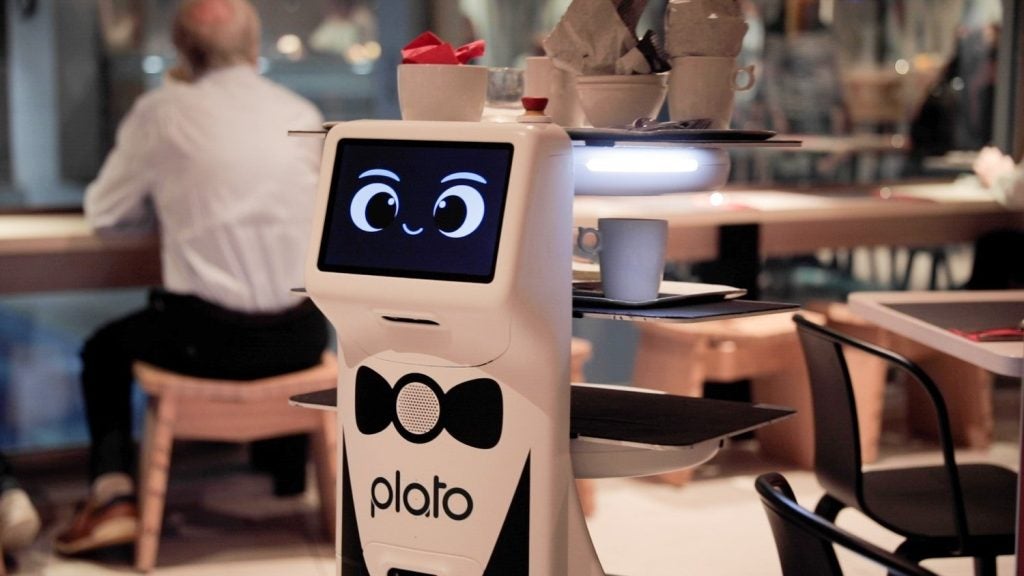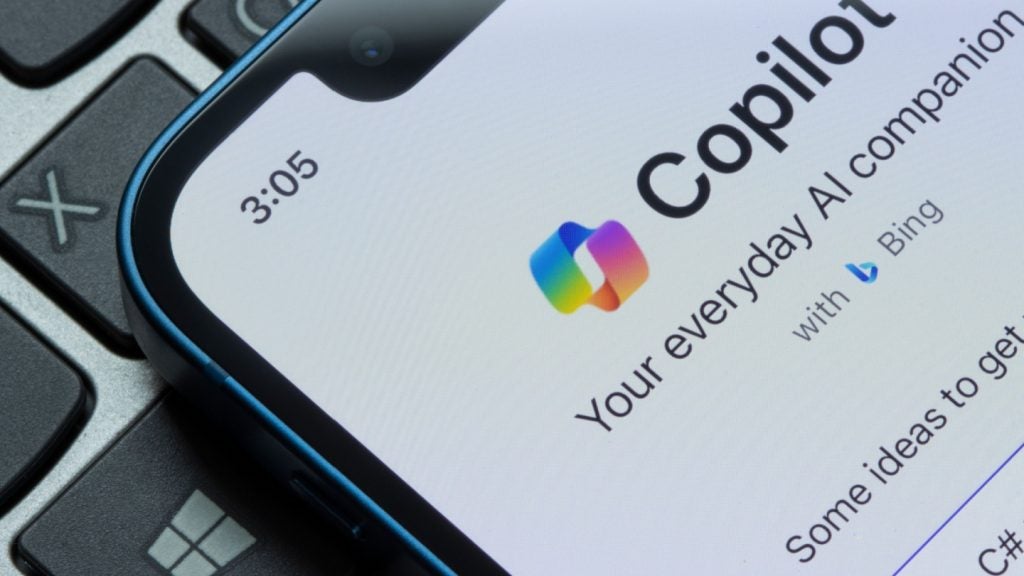
Traffic and congestion plague many cities, slowing commutes and emergency vehicle response times, but cloud software firm LYT is using artificial intelligence (AI) and machine learning (ML) to improve urban mobility.
Alongside other solutions, the California-based company offers a system specifically dedicated to helping emergency vehicles get where they need to be as quickly as possible. Indeed, LYT says that, when implemented for California’s Freemont Fire Department, the system delivered a 62% reduction in response time across a main 8mi (13km) area.
The LYT.emergency platform uses a device installed in the traffic control centre of a city to control networked traffic signals and provide green lights along the duration of a journey. Speaking to Verdict, Tim Menard, founder and CEO of LYT, explained ghowq the system differs from other solutions and the role of AI in smart cities.
How does LYT.emergency work and how long has it been available to use?
Menard: LYT.emergency has been available for use since 2021. LYT.emergency uses pre-existing infrastructure to securely link city emergency response systems to city traffic management systems. By using LYT’s secure network device called Maestro, traffic lights can be securely connected to LYT’s cloud. Location data provided from the CAD/AVL system installed on the emergency vehicles are also sent securely to LYT’s cloud.
By combining this information LYT.emergency provides a bird’s-eye-view of what a happening and why. This is how we are able to determine the ETA of the fire truck to any one intersection well in advance of the fire truck approaching. It is then that the fire trucks see the wave of green lights as they approach the intersections, whether they are in sight or not.
How does LYT’s solution differ from traditional emergency vehicle pre-emption solutions?
Traditional emergency vehicle preemption (EVP) solutions use a line-of-sight hardware solution, which can be affected by inclement weather conditions, as well as just poor maintenance. They can be costly and they are often unreliable due to the lack of performance insight. A fire truck needs to be within view of the intersection for the light to turn green, which can make curves and intersections after a turn unable to provide the green light in time.
How well do you really know your competitors?
Access the most comprehensive Company Profiles on the market, powered by GlobalData. Save hours of research. Gain competitive edge.

Thank you!
Your download email will arrive shortly
Not ready to buy yet? Download a free sample
We are confident about the unique quality of our Company Profiles. However, we want you to make the most beneficial decision for your business, so we offer a free sample that you can download by submitting the below form
By GlobalDataWhat challenges in making edge devices, the cloud platform and training the machine learning algorithm has LYT had to overcome?
Introducing a cloud-native, hardware-less traffic optimisation platform brings great responsibility to ensure our communities’ infrastructure remains secure.
LYT has put tremendous resources and effort into implementing industry-standard security protocols and ensuring the overall architecture is safe from cyberattacks. We’ve also heavily invested in our machine-learning platform to make it powerful enough to learn a wide array of vehicle movement patterns and handle unpredictable events, including inclement weather and detours.
What role will AI play in creating smart cities and overcoming congestion issues?
AI plays a huge role in the future of smart cities and reducing congestion. We can’t have smart cities without smart traffic lights. AI and ML have the ability to assess mass amounts of traffic data faster than any human can, which allows the traffic intersections to continuously optimise and improve our city streets making them more responsive, resilient, and conducive to the well-being of everyone in the community.







